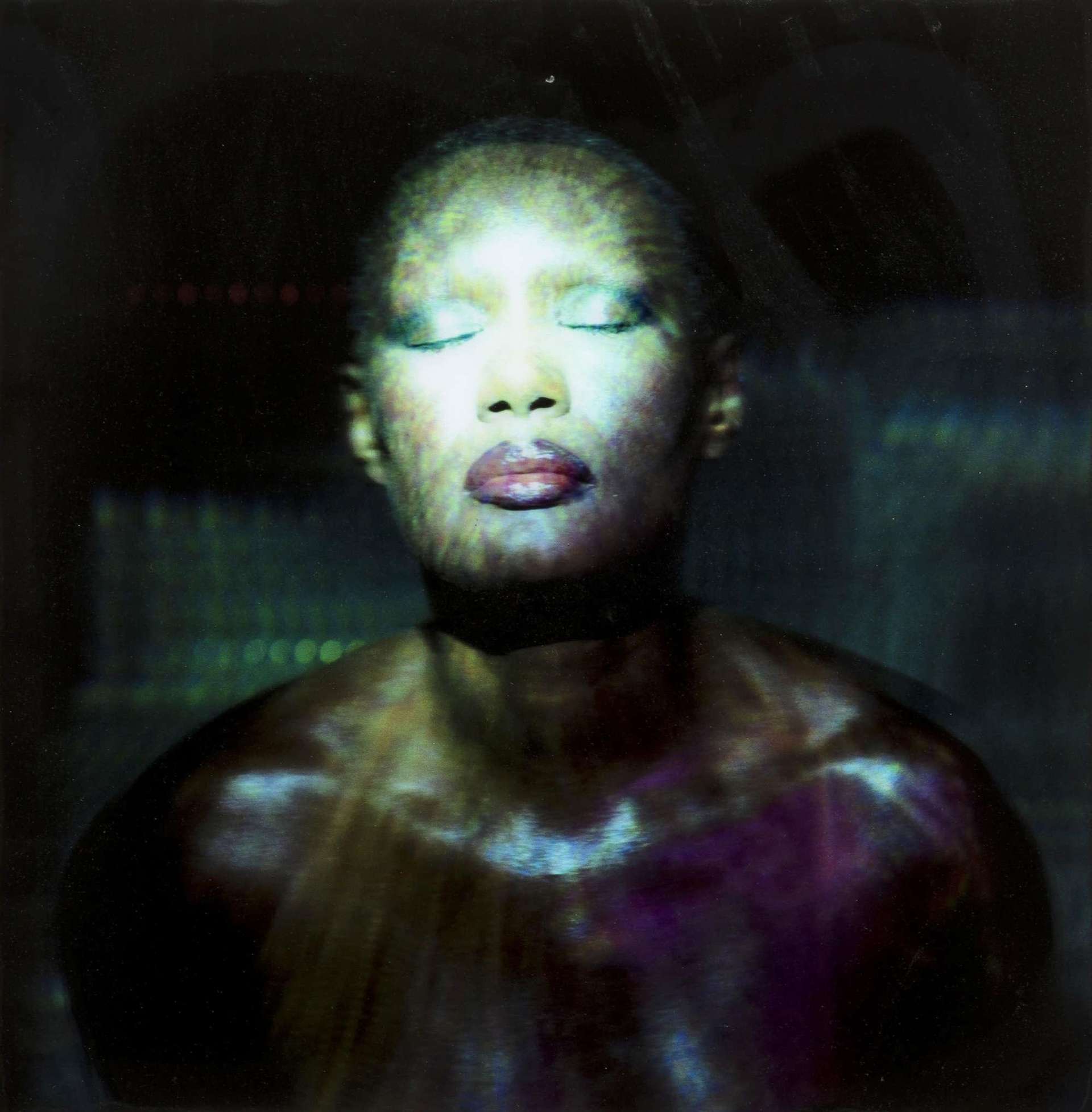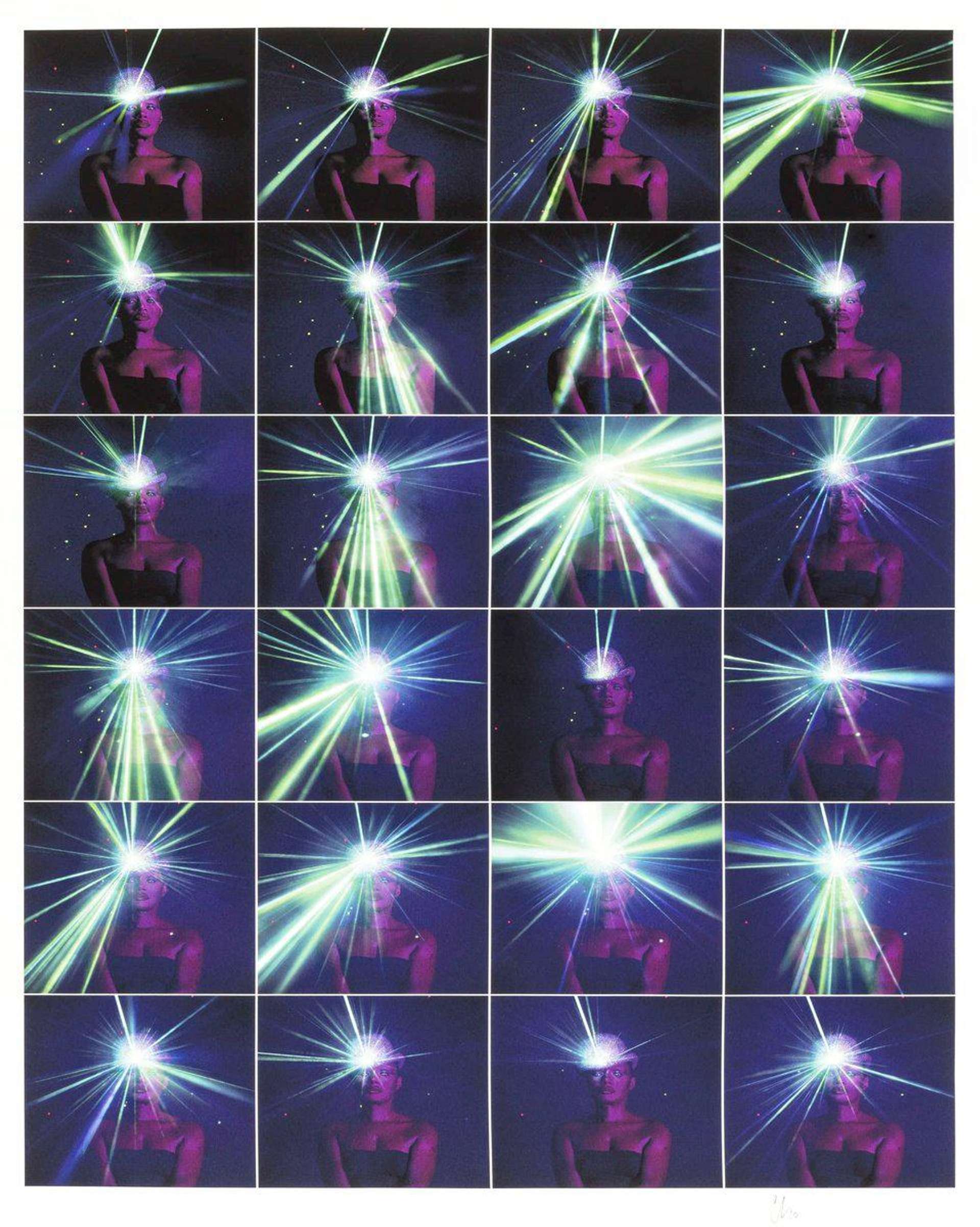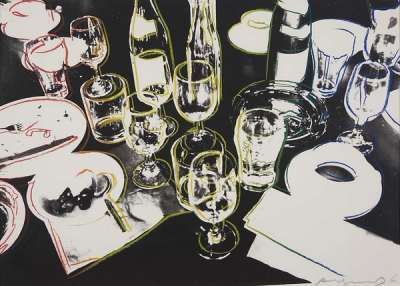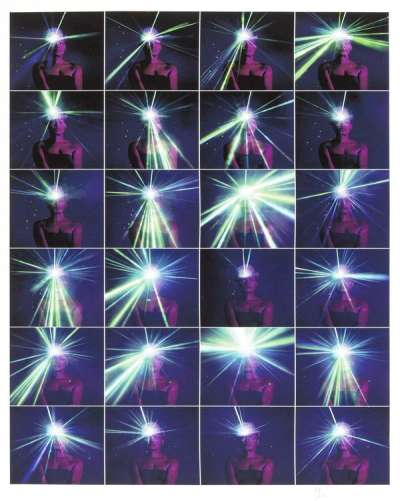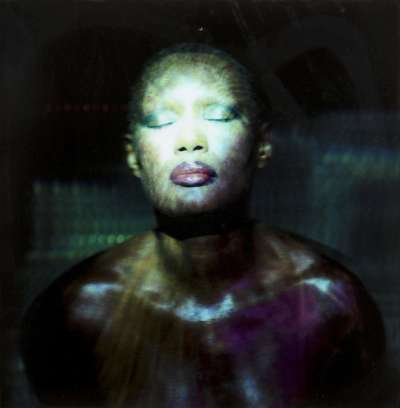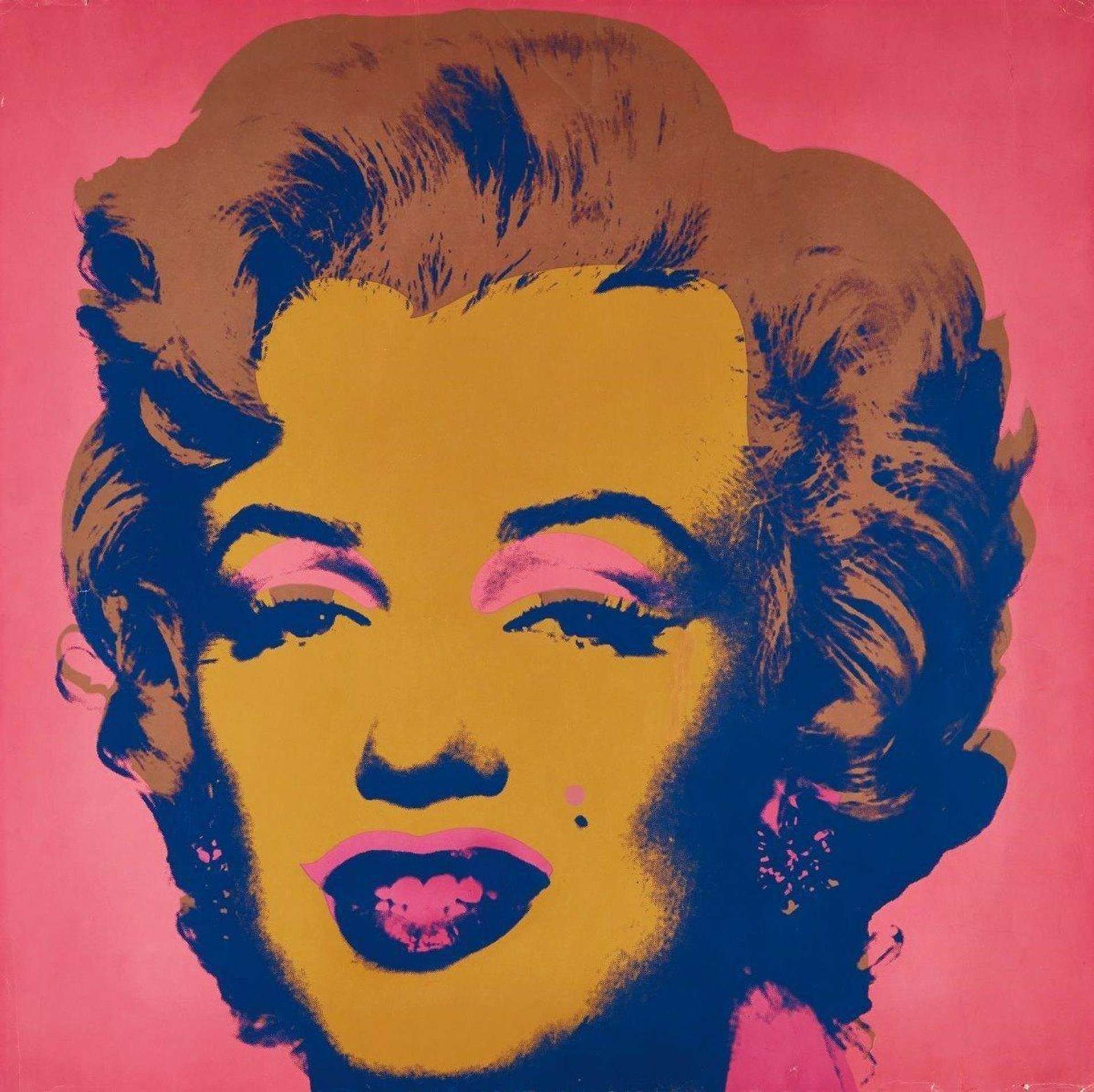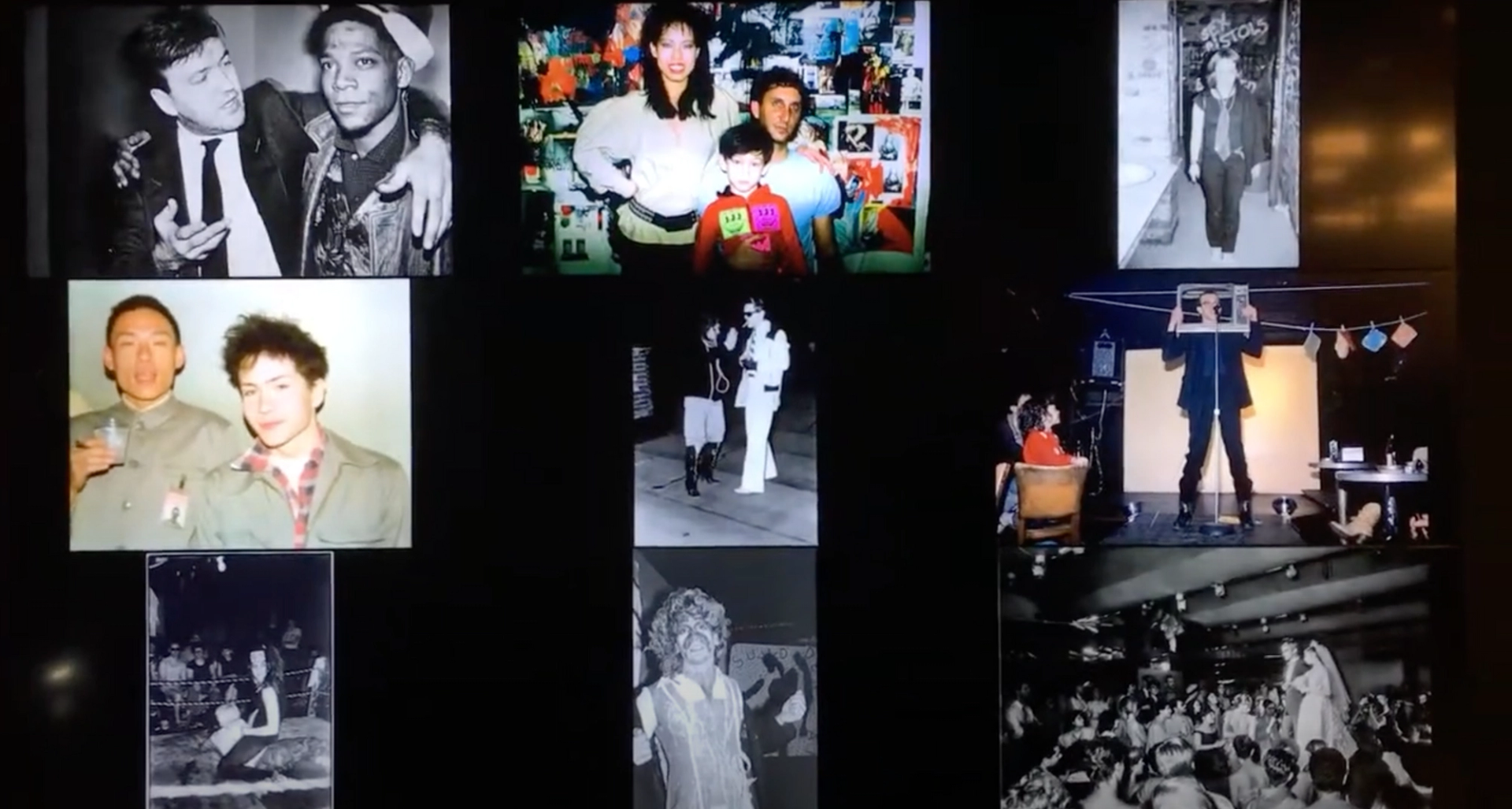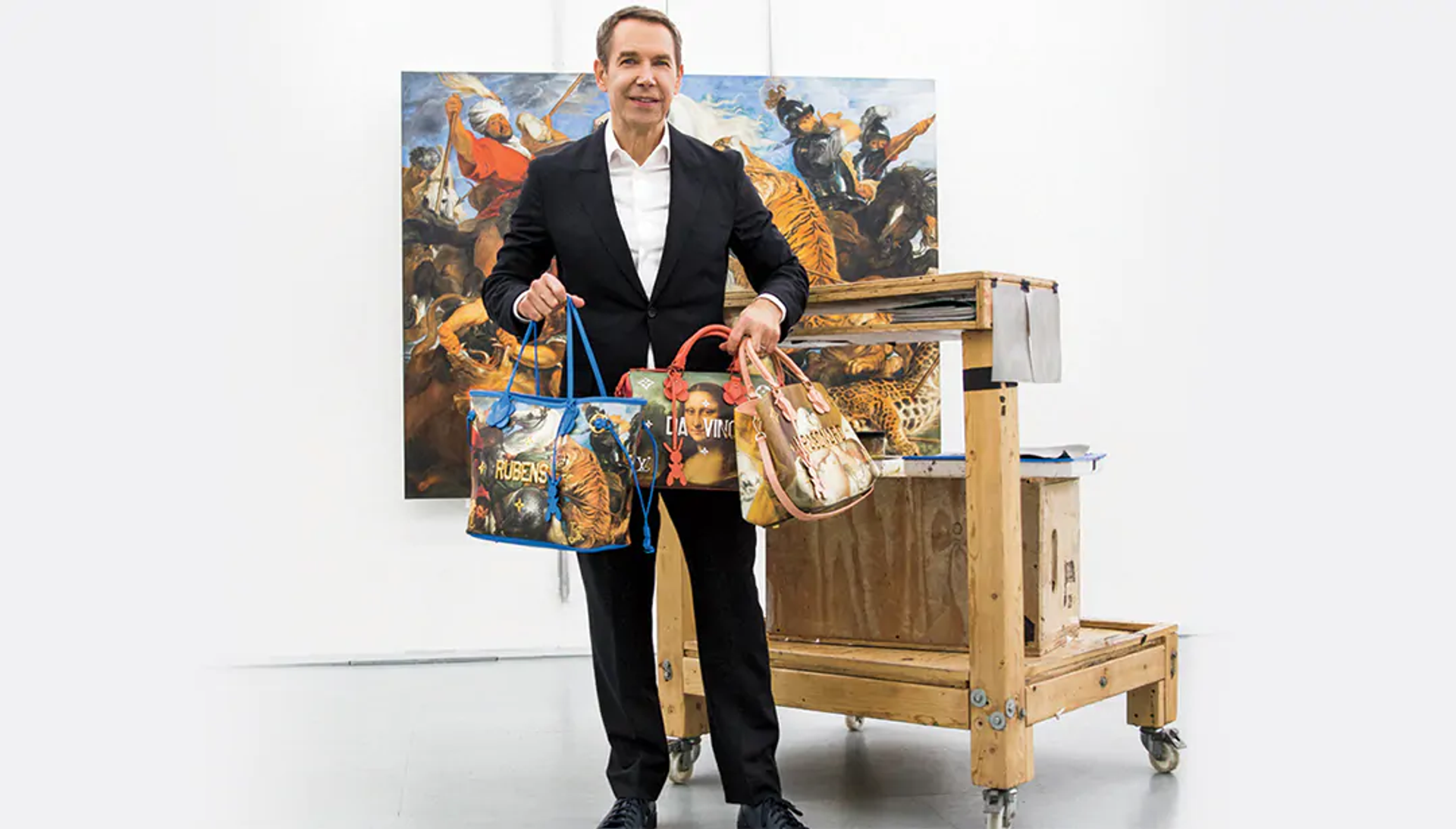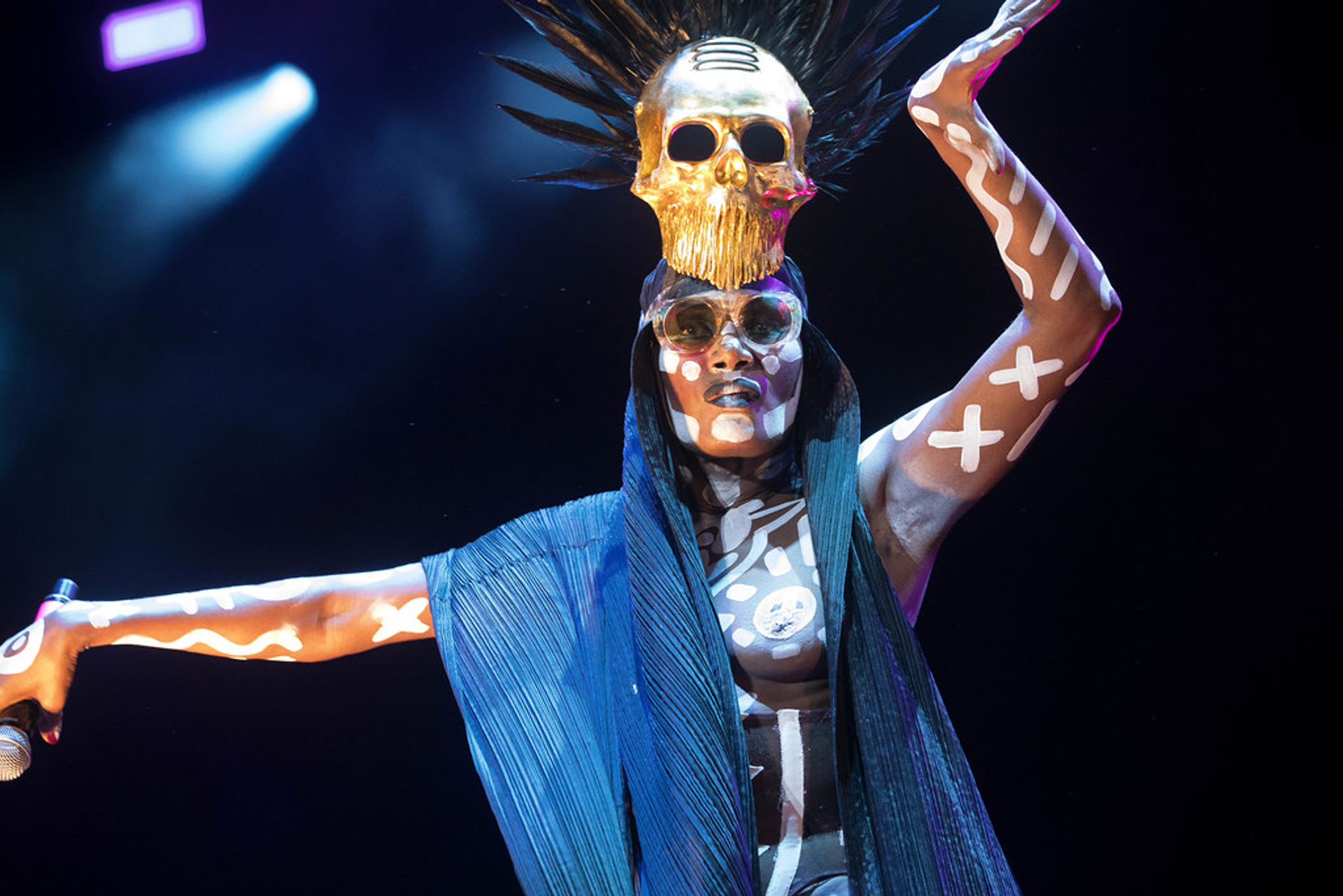 Image © Creative Commons via Flickr / Grace Jones by Bruce Baker 2018
Image © Creative Commons via Flickr / Grace Jones by Bruce Baker 2018Grace Jones is an avant-garde muse, whose influence spans across music, fashion and art. From her early days and rise to fame to her enduring impact on contemporary art and fashion, Jones has been a beacon for individuality and self-expression. Through her iconic collaborations with legends like Andy Warhol, Keith Haring and Chris Levine, she redefined beauty and strength. Jones is a timeless icon and a muse beyond compare, an inspiration for generations.
Grace Jones: The Embodiment of Avant-Garde
Jones was born in 1948 in Jamaica, before moving to Syracuse, New York, with her family. Her early life was marked by a strict religious upbringing, which she later credited as a significant influence on her rebellious persona. Jones' formative years were marked by repression, a stark contrast to the flamboyant character she would become, laying the groundwork for her later transformation into an avant-garde icon.
Jones began her career as a model in the 1970s, quickly standing out for her androgynous, striking appearance which challenged the conventional beauty standards of the time. Her modelling career took her to Paris, where she became a muse for designers like Yves St. Laurent and photographers like Helmut Newton. Her distinct look and fearless personality captured the essence of the avant-garde, quickly making her a fixture in the elite circles of fashion and art. During the late 1970s and 1980s, Jones transitioned into music and acting, refusing to be pigeonholed into one artistic form. Her music, a bold fusion of reggae, funk and new wave, mirrored her eclectic and unconventional style. Albums like Slave to the Rhythm were critically acclaimed, showcasing her as a fearless, genre-defying artist. She also made her mark in cinema, with roles in films like the James Bond movie A View to a Kill, where her commanding presence and unique visual style were unmistakable.
Jones' appeal has transcended generations, and remains a symbol of creativity and fierce independence. Her influence is evident in the work of numerous contemporary artists and fashion designers, who draw inspiration from her ability to constantly reinvent herself while staying true to herself. In the 21st century, she continues to perform, showcasing her enduring ability to captivate audiences with her magnetic persona.
Redefining Beauty: Jones' Impact on Art and Fashion
Jones's image has often been described as "neo-cubist", a term that aptly captures the sharp angular lines and geometric shapes that became synonymous with her style. Her ability to resemble a living, breathing piece of modern art – especially in an era previously dominated by more conventionally feminine beauty standards – was groundbreaking. Jones's statuesque height of 179 cm and her distinctive androgynous look challenged and reshaped societal norms of beauty and femininity. Jones became an icon in the 1980s, a time of vibrant self-expression and exploration in fashion and identity. Her square-cut, angular padded clothing and unique mannerisms played a significant role in influencing the cross-dressing movement of that era. Jones transformed clothes into statements of self-expression, while blurring the lines between male and female fashion aesthetics. Her impact was far-reaching, affecting not just the fashion industry but also the broader cultural discourse around gender and identity.
Much of the visual aspect of Jones's work, which remains a subject of widespread admiration, was the result of her collaboration with French illustrator, photographer, and graphic designer Jean-Paul Goude. Their partnership was a fusion of artistic visions: Goude's avant-garde approach to visual art complemented Jones's natural inclination towards the unconventional. Together, they created some of the most iconic images in contemporary culture, images that continue to influence fashion and photography.
Beyond her unique look, Jones' music has also inspired a multitude of artists across various genres. Her influence extends to major pop icons like Madonna, Björk, Beyoncé, Annie Lennox, Lorde, and Lady Gaga – each of whom has incorporated elements of Jones' style and persona into their own performances and public images. The common thread in all these artists is a sense of fearless self-expression and boundary-pushing artistry, hallmarks of Jones. By challenging norms and championing a unique style that merged art with fashion, Jones opened doors for future generations of artists to explore and express themselves without constraints. Her legacy in the worlds of art, fashion, and music is a testament to the power of individuality and the enduring allure of avant-garde creativity.
The Warhol Connection: A Muse for Pop Art
Jones first met Andy Warhol at some point in the mid-1970s, although they are uncertain of the circumstances. Drawn together by mutual friends and a shared passion for the avant-garde, their meeting marked the start of a significant and enduring friendship. Grace Jones encapsulated the essence of this connection in her memoir with the simple yet profound statement, “One minute you don’t know him, and then you do.” Both were known for their love of vibrant personalities, flamboyant lifestyles, and groundbreaking work. In 1978, Ronald Galella captured a memorable photo of the duo at the Grease premiere party at Studio 54. In 1983, Warhol notes having given her a speech about being "more normal". Their artistic collaboration started in 1984, with Warhol photographing her for Vogue and an Interview magazine cover. Warhol, in his diary, amusingly noted that Jones was significantly late to their meeting, eventually found indulging in a luxury fur coat shopping spree. A photo from this session was later transformed into Warhol’s stitched photograph of Jones, now in the Tate’s collection, while another image graced Interview's October 1984 cover.
The year 1986 marked a peak in their friendship. By then, Jones was a superstar, with several albums and film roles to her credit. Although Warhol immortalised her in multiple screen prints and photographs during this period, the friendship between Warhol and Jones was not limited to the canvas or the studio; it was a genuine, lifelong connection that influenced both their lives and works. They famously attended the wedding of Arnold Schwarzenegger and Maria Shriver together, arriving so late that the ceremony was nearly over. Warhol's portrayal of Jones in his art contributed significantly to her public image and vice versa. Their bond was a source of inspiration and creativity, showcasing the power of artistic collaborations.
 Youtube: I'm Not Perfect © Grace Jones / Costume designed by Keith Haring
Youtube: I'm Not Perfect © Grace Jones / Costume designed by Keith HaringKeith Haring's Living Canvas: Grace Jones in Body Art
It was through Warhol that Jones first met Haring, and thus began a fruitful collaboration that is evident in many of Jones’ music videos. The relationship of their art is a striking example of the dynamic intersection of painting, body art and performance. Haring, renowned for his vibrant and socially conscious graffiti art, found a perfect muse in Jones, whose physicality was ideal for his expressive style. Their collaboration turned Jones into a living canvas, showcasing the seamless blend of Haring's artistic vision with the human form. Haring used Jones’ statuesque figure to create intricate designs that carried Haring's signature themes of birth, movement, death and sexuality. This fusion of body art and performance broke new ground in how music and visual art could interact.
In 1986, even more artists entered the collaboration: on this occasion, Haring drew on Jones’ body, who was about to be photographed by Robert Mapplethorpe – Warhol was there to register the entirety of the process. Later that year, Haring notes in his diaries that he had just drawn Jones for the first time, having previously only drawn “on” her. The partnership between Keith Haring and Grace Jones is remembered as a landmark in the history of modern art and pop culture. It challenged conventional perceptions of where art could be displayed and what it could represent. Their collaboration was a celebration of creativity, individuality and the breaking down of barriers between different artistic disciplines.
Chris Levine's Portraits: Ethereal Jones
Chris Levine's portraits of Jones mark a distinct chapter in the visual representation of this iconic figure. Known for his use of light and holography to create ethereal and multidimensional artworks, Levine brought a fresh perspective to capturing Jones' essence. His work with Jones is a departure from the bold imagery typically associated with her, instead presenting her in a more contemplative, almost otherworldly manner. Levine's technique, which often involves the interplay of light, shadow, and sometimes lenticular printing, adds depth and a sense of tranquillity to his portraits of Jones.
This approach creates a visual narrative that invites viewers to explore the subtler aspects of Jones' personality and presence. The images capture her in moments of stillness, a stark contrast to her dynamic public persona. In his portraits, Levine encapsulates Jones’ enduring appeal, portraying her as an ageless figure who transcends the conventional bounds of time and space. This depiction aligns with the surreal aspects of Jones' own artistry. The portraits seem to capture more than just her physical likeness; they delve into the spiritual and enigmatic elements of her character – not only adding to the visual narrative of Jones' legacy but also standing as a testament to the evolving nature of art and its ability to continually present familiar subjects in innovative ways.
 Youtube © GraceJonesVEVO / Love Is The Drug
Youtube © GraceJonesVEVO / Love Is The DrugIconoclast and Innovator: Grace Jones' Artistic Journey
Jones' appeal has transcended generations, and remains a symbol of creativity and fierce independence. Her influence is evident in the work of numerous contemporary artists and fashion designers, who draw inspiration from her ability to constantly reinvent herself while staying true to herself. Her ability to adapt, evolve, and influence across decades in the fast-paced worlds of music, fashion, and film cements her status as a timeless icon, whose work and persona continue to resonate with new generations of artists and audiences.
In 2020, the first ever art exhibition centred around Jones was presented at Nottingham Contemporary in the United Kingdom. Her relationship with Warhol was the subject of an exhibition at the Warhol Foundation in 2021, highlighting Jones “as a cultural sensation, showcasing her career from the 1970s through the 1980s. The gallery includes portraits by Warhol, over 30 photographs and dozens of archival items related to Jones and the formative years of her career.” These only further illustrate the relevancy and impact of Jones’ artistry on contemporary society.


